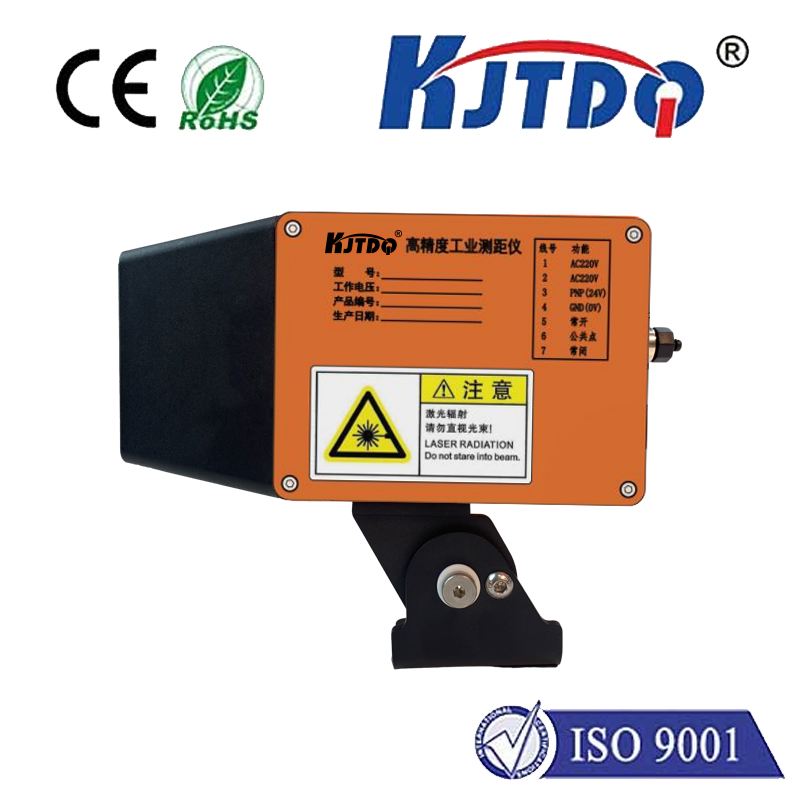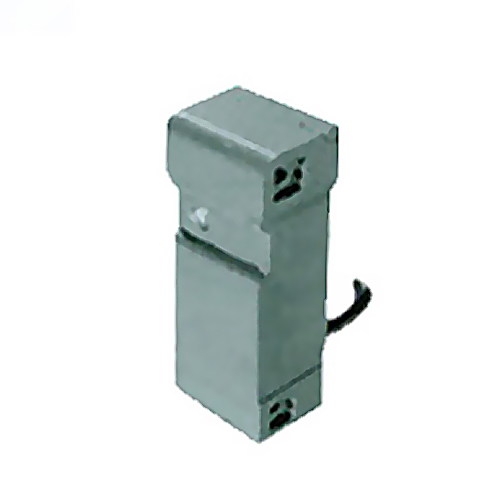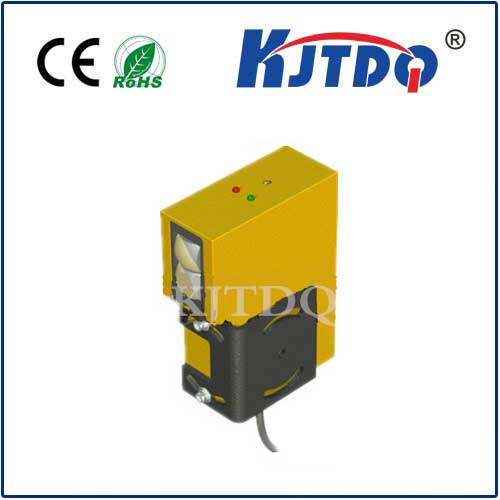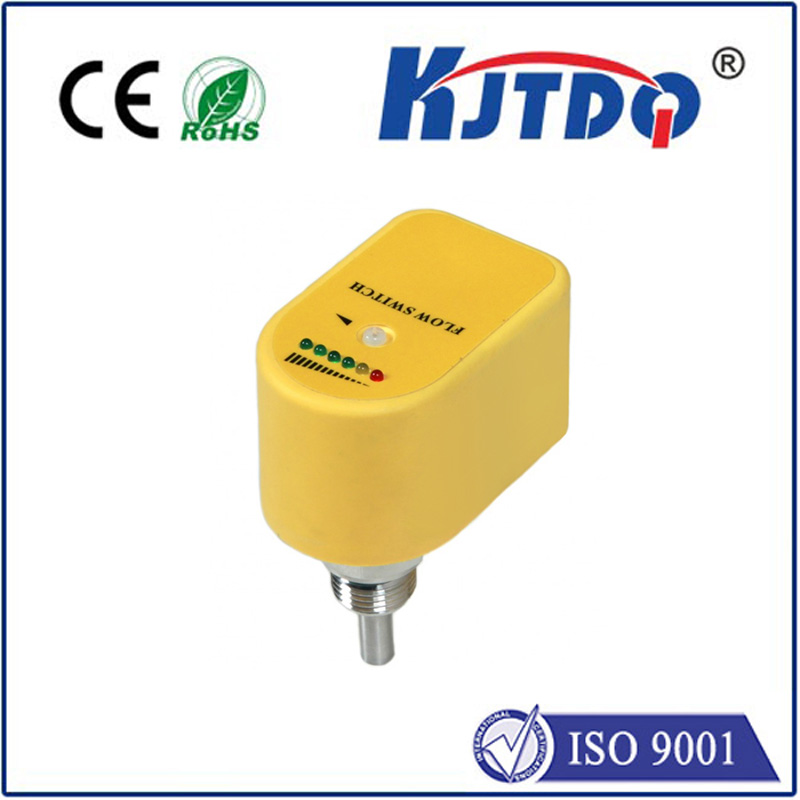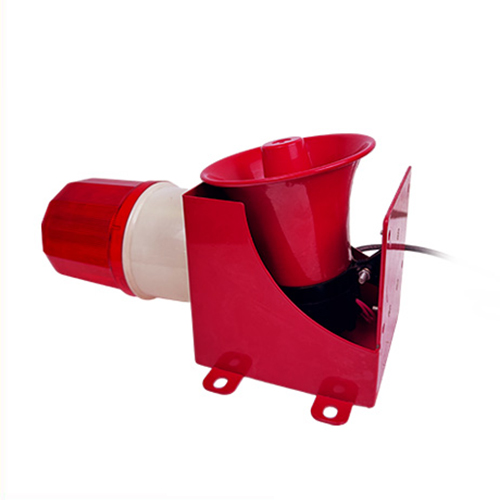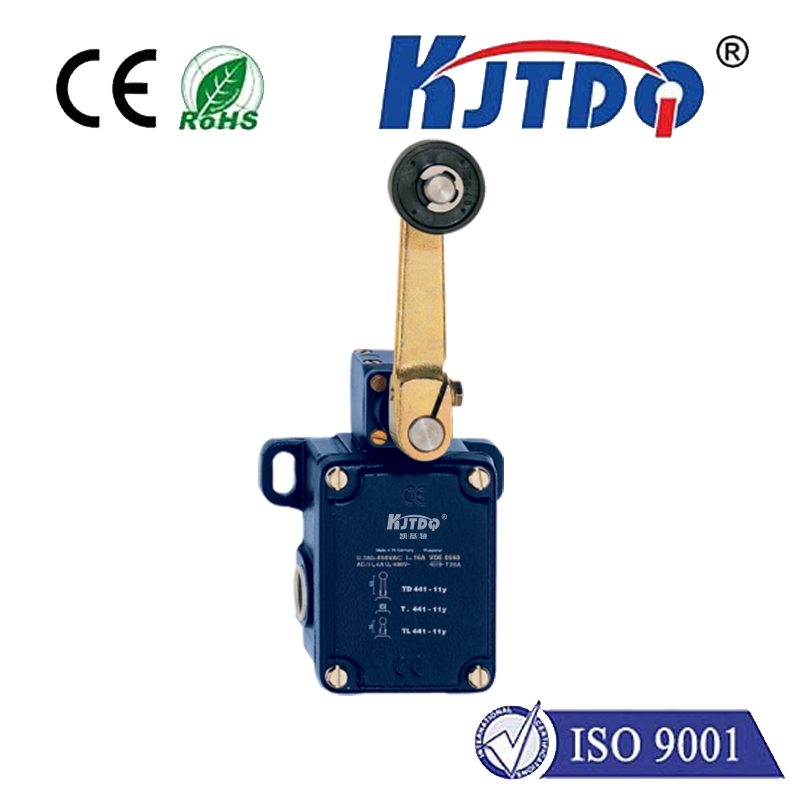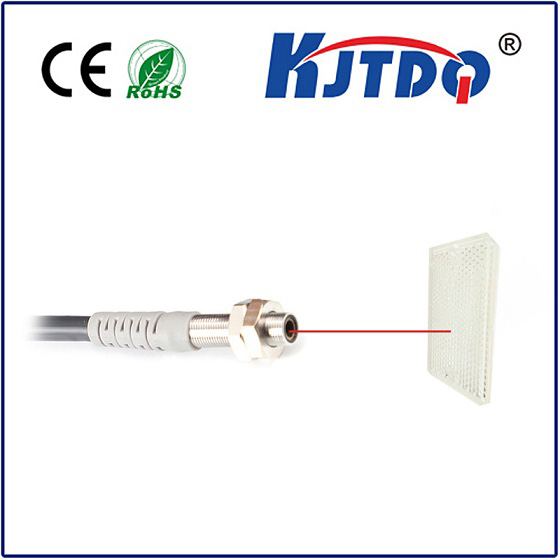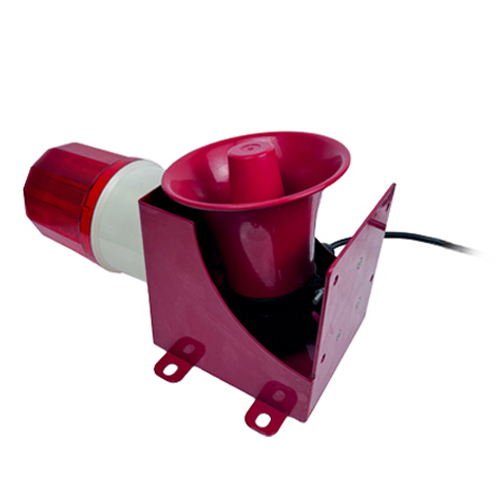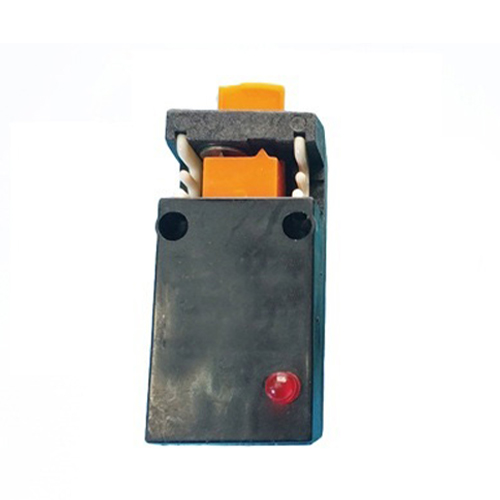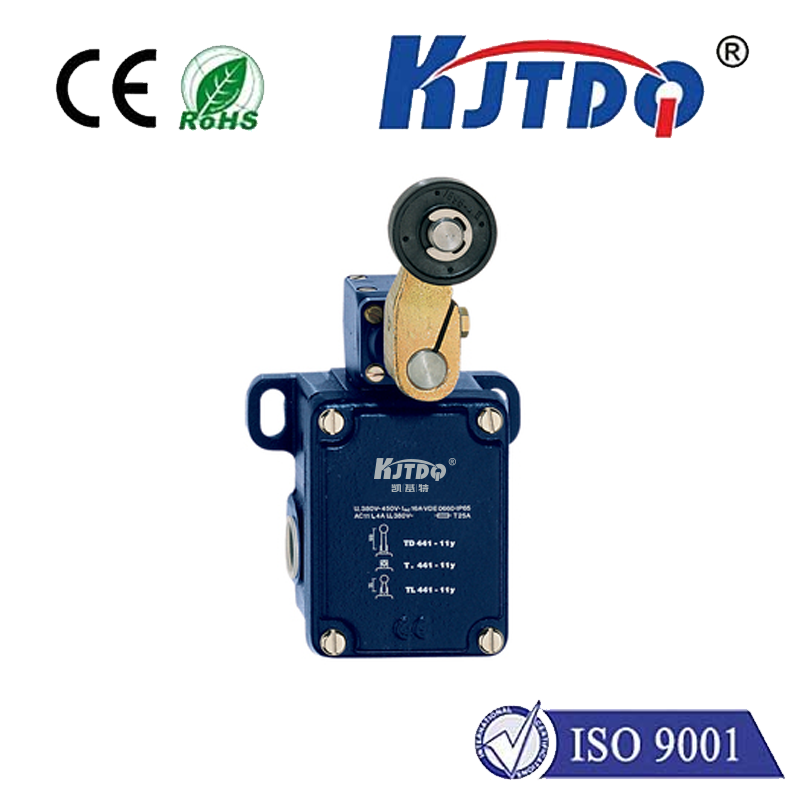digital temperature controller with sensor
- time:2025-08-20 05:03:42
- Click:0
The Synergy of Precision: How Digital Temperature Controllers with Sensors Are Revolutionizing Climate Control
Imagine waking up to perfectly brewed coffee, walking into a consistently comfortable office, or knowing your priceless scientific samples are stored at the exact right condition. Behind these everyday conveniences and critical operations often lies a powerful, yet often unseen, duo: the digital temperature controller with sensor. This technology transcends simple thermostats, offering unparalleled accuracy, reliability, and smart control for environments demanding precision. But what makes these systems truly indispensable?
Understanding the Core: The Controller and Its Vital Partner
At its heart, a digital temperature controller is an advanced electronic device designed to maintain a specific temperature setpoint within a defined environment or process. Unlike older analog dials, it uses a microprocessor, allowing for:
- High Accuracy & Stability: Maintaining temperatures to within fractions of a degree (±0.1°C or better is common), far surpassing traditional thermostats.
- Programmable Logic: Setting complex profiles involving ramps (gradual temperature changes), dwell times (holding a temperature), and multiple setpoints.
- Clear Display & Interface: Digital readouts show current temperature, setpoint, and operational status clearly. Interfaces range from simple buttons to sophisticated touchscreens.
- Connectivity Options: Many modern controllers offer communication protocols (like Modbus, Ethernet/IP, Wi-Fi) for remote monitoring, data logging, and integration into larger control systems (SCADA, BMS).
- Versatile Outputs: Providing signals to drive various heating/cooling devices (relays for heaters/compressors, solid-state relays, 4-20mA or 0-10V signals for valves/variable speed drives).
The Unsung Hero: The *Temperature Sensor*

While the controller is the “brain,” the temperature sensor is its indispensable “senses.” It continuously measures the actual temperature in the target environment and feeds this crucial data back to the controller. This feedback loop is fundamental to precise control. Common sensor types used include:
- Thermocouples (T/Cs): Rugged, wide temperature range, relatively inexpensive. Ideal for high-temperature industrial processes (furnaces, ovens, kilns).
- Resistance Temperature Detectors (RTDs): Known for high accuracy, stability, and linearity over a narrower range than T/Cs (especially Pt100 sensors). Widely used in laboratories, pharmaceutical processing, and HVAC where precision is paramount.
- Thermistors: Highly sensitive to small temperature changes within a limited range. Often used in applications like medical devices, battery temperature monitoring, and consumer appliances. NTC (Negative Temperature Coefficient) types are most common.
- Infrared (IR) Sensors: Non-contact sensors measuring surface temperature. Essential for moving objects, hazardous environments, or where physical contact is impossible.
The choice of sensor is critical. A high-precision RTD paired with a sophisticated controller achieves a level of accuracy impossible with a basic thermistor and a simple thermostat. The synergy between the sensor’s measurement fidelity and the controller’s processing power defines the system’s overall performance.
Why Precision Matters: Applications Driving Demand
The capabilities of a digital temperature controller with sensor make it fundamental across diverse sectors:
- Industrial Processes & Manufacturing: Critical for chemical reactions, plastics molding, metal heat treatment, semiconductor fabrication, and food processing. Precise temperature control ensures product quality, consistency, safety, and optimal process efficiency. Imagine maintaining ±1°C in a large industrial oven – impossible without this technology.
- Scientific Research & Laboratories: Incubators, environmental chambers, autoclaves, and analytical instruments demand extreme stability (±0.5°C or tighter). Research validity often hinges on maintaining exact thermal conditions.
- HVAC & Building Management: Optimizing comfort while minimizing energy consumption. Advanced controllers manage complex heating/cooling systems, heat pumps, and multi-zone setups in commercial buildings, data centers (critical for server racks), and museums preserving artifacts.
- Food Safety & Storage: Ensuring safe temperatures from processing and packaging through transportation (refrigerated trucks, containers) to storage in refrigerators, freezers, and display cases. Compliant with HACCP regulations, preventing spoilage and bacterial growth.
- Medical & Healthcare: Sterilizers, laboratory freezers (-20°C, -80°C ultra-low freezers), blood storage refrigerators, warming cabinets for IV fluids, and patient warming systems rely on exact temperature control for safety and efficacy. ±0.5°C deviation can be critical.
- Consumer Appliances & Comfort: Enhancing user experience in smart ovens, sous vide cookers, home brewing systems, wine coolers, and advanced home climate control (smart thermostats).
Choosing the Right Solution: Key Considerations
Selecting the optimal digital temperature controller with sensor involves evaluating several factors:
- Process Requirements: Desired temperature range, required accuracy (±0.1°C vs. ±1°C makes a big difference!), stability needs, and speed of response.
- Sensor Type & Placement: Align the sensor with the environment (moisture, chemicals, vibration) and required accuracy/range. Sensor placement significantly impacts the feedback loop – it must measure the temperature where it truly matters.
- Control Algorithm: Simple On/Off control suffices for many basic tasks (like a fridge). Proportional (P), Proportional-Integral (PI), and Proportional-Integral-Derivative (PID) control algorithms are essential for processes requiring smooth, stable regulation without overshoot. PID tuning capability is a hallmark of advanced controllers.
- Output Power & Type: Ensure the controller’s output can adequately drive the connected heating or cooling device (relay capacity, voltage/current ratings).
- Connectivity & Data Needs: Is remote monitoring, data logging, or integration with other systems required? Consider communication options early.
- User Interface & Programmability: Balance ease of use for operators with the flexibility needed for complex process profiles.
Beyond Basic Control: The Future is Integrated and Intelligent
Modern systems go beyond standalone controllers. Integration of multiple sensors (temperature, humidity, pressure) into complex control strategies is common. The rise of the Industrial Internet of Things (IIoT) sees digital temperature controllers with sensors becoming smart nodes in connected networks. They transmit valuable process data for analytics, predictive maintenance, and overall optimization. Features like adaptive PID tuning, self-diagnostics, and cybersecurity protocols are increasingly standard.
From ensuring our food is safe and our medicines effective to enabling cutting-edge manufacturing and research, the precise partnership between digital temperature controllers and their dedicated sensors operates silently and reliably. This technology is not merely about turning heat on or off; it’s about harnessing data-driven intelligence to maintain critical environments with unprecedented accuracy, driving efficiency, safety, and quality across countless facets of modern life and industry. The evolution towards smarter, more connected systems promises even greater levels of control and insight, solidifying the role of these essential components as the bedrock of thermal management.












